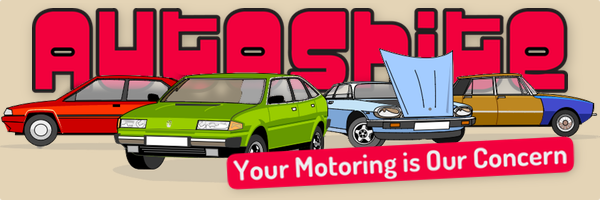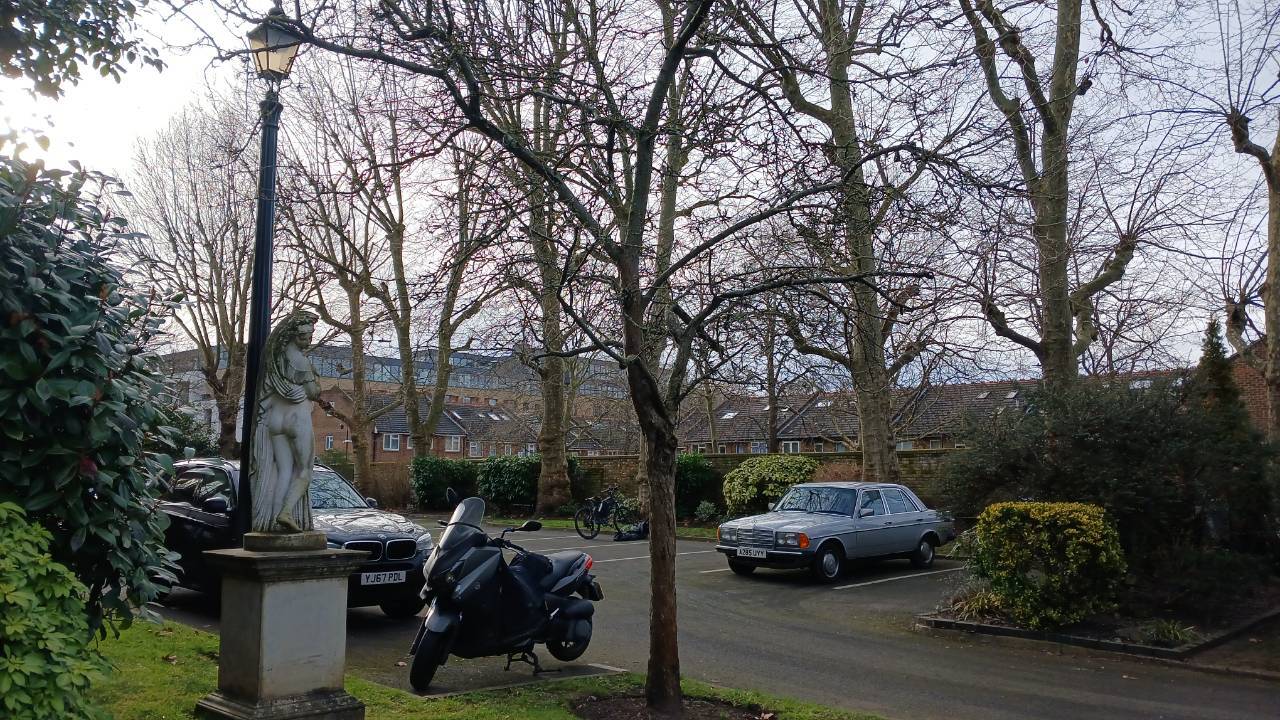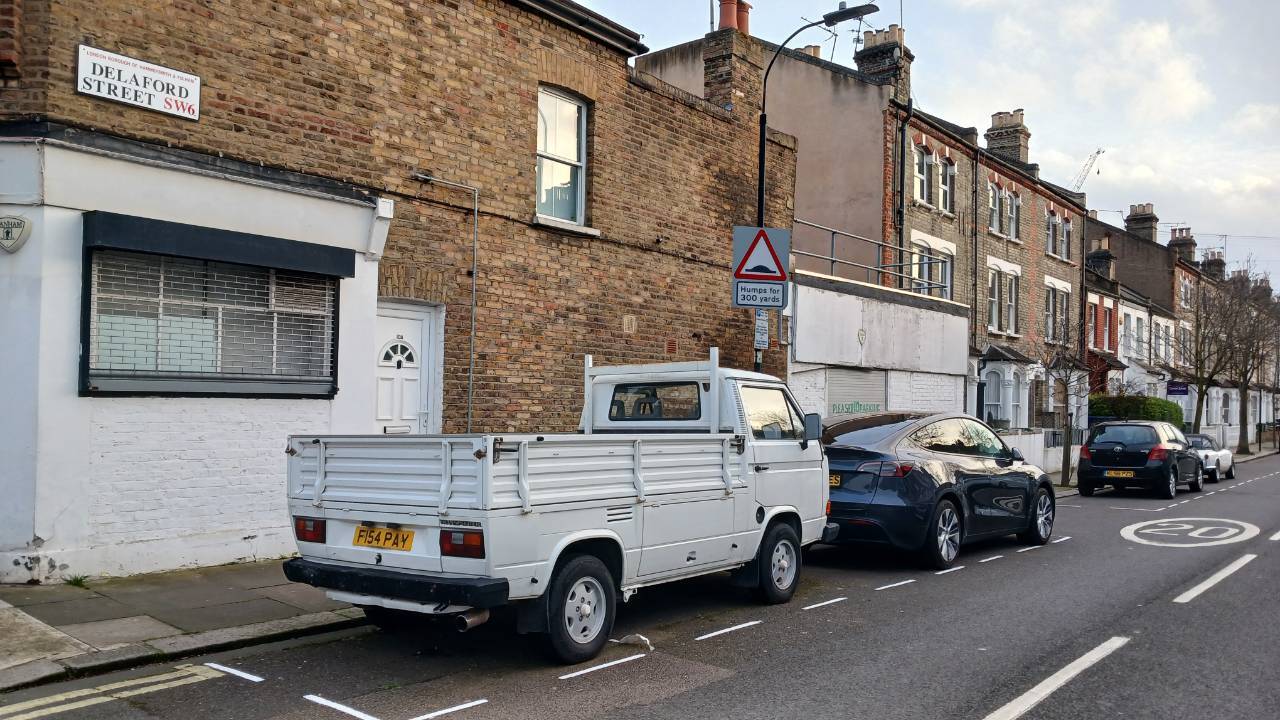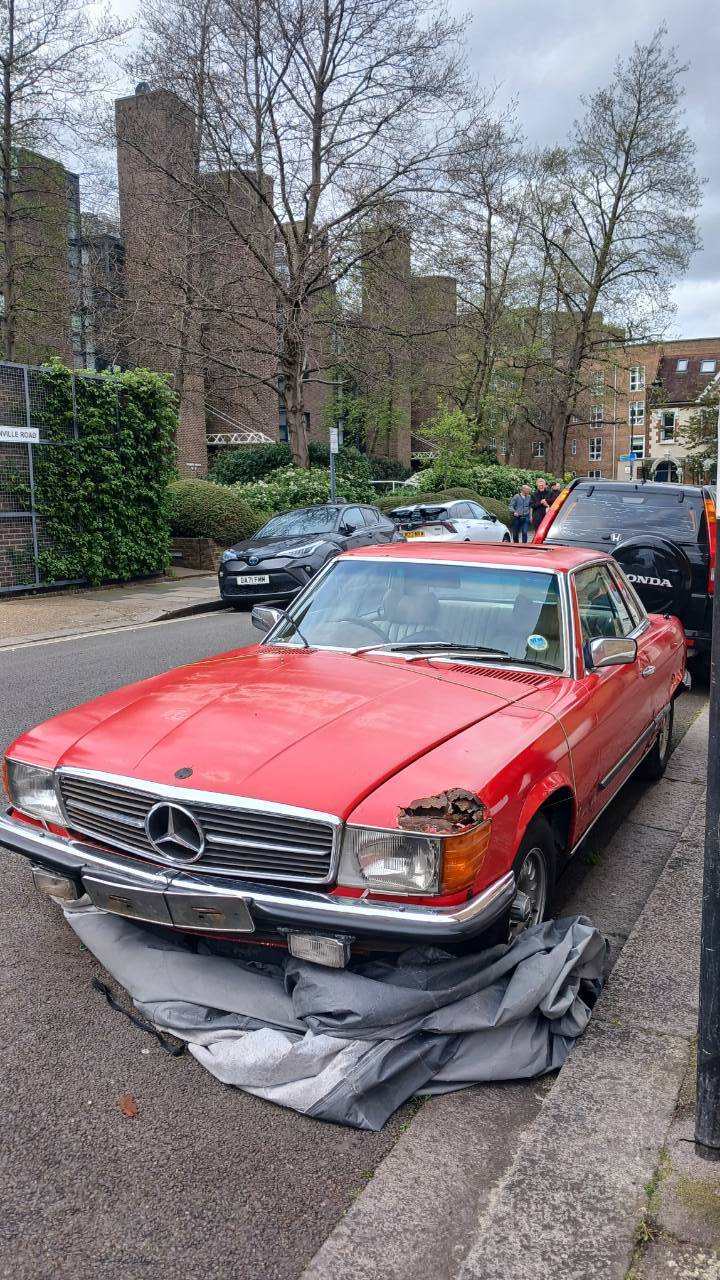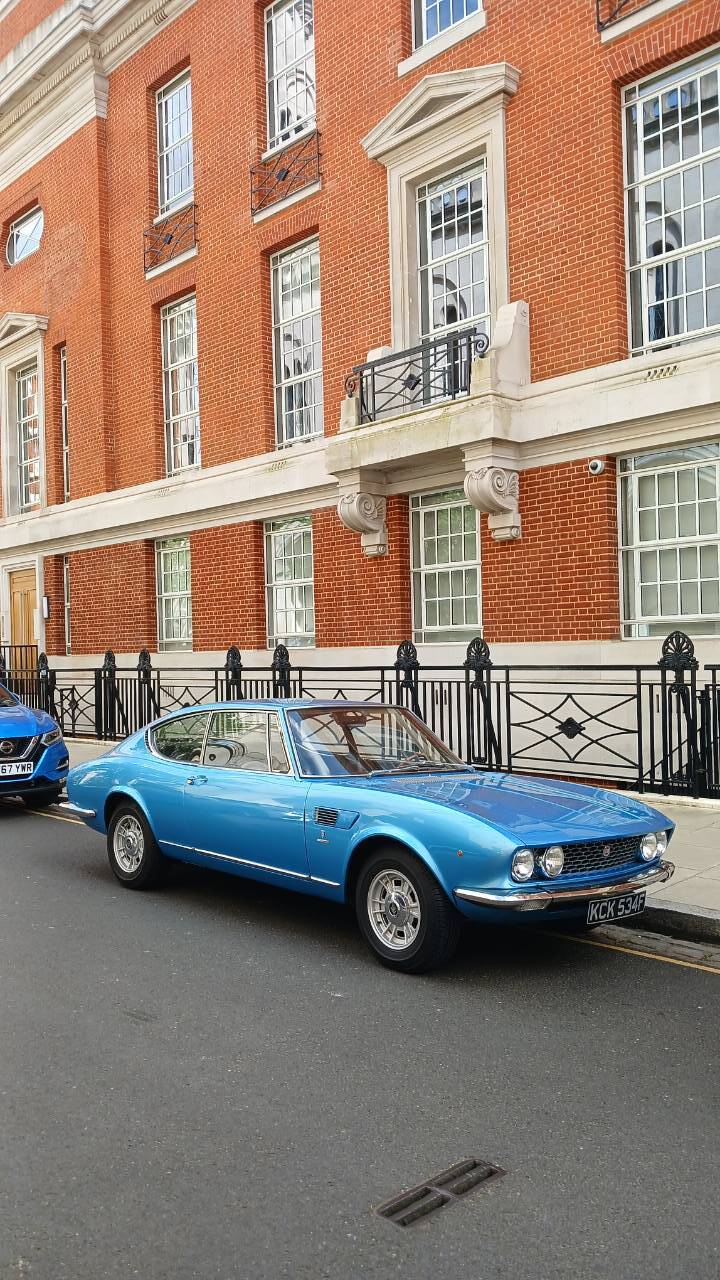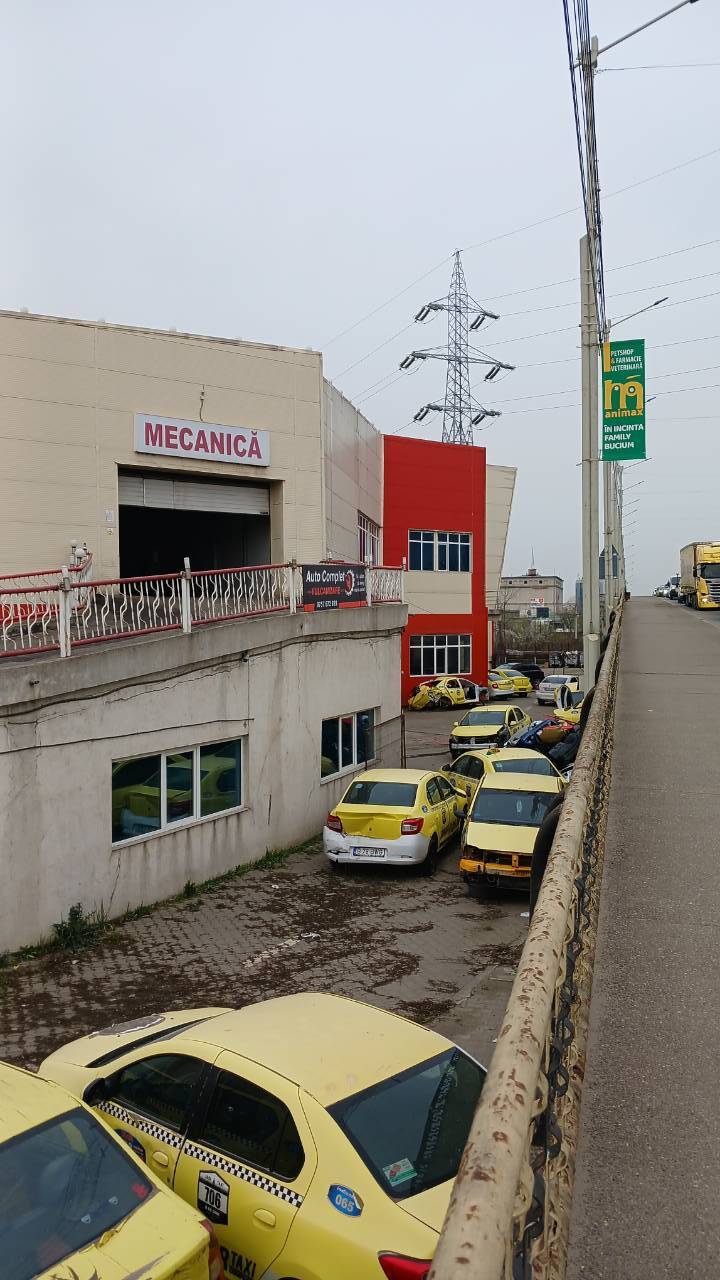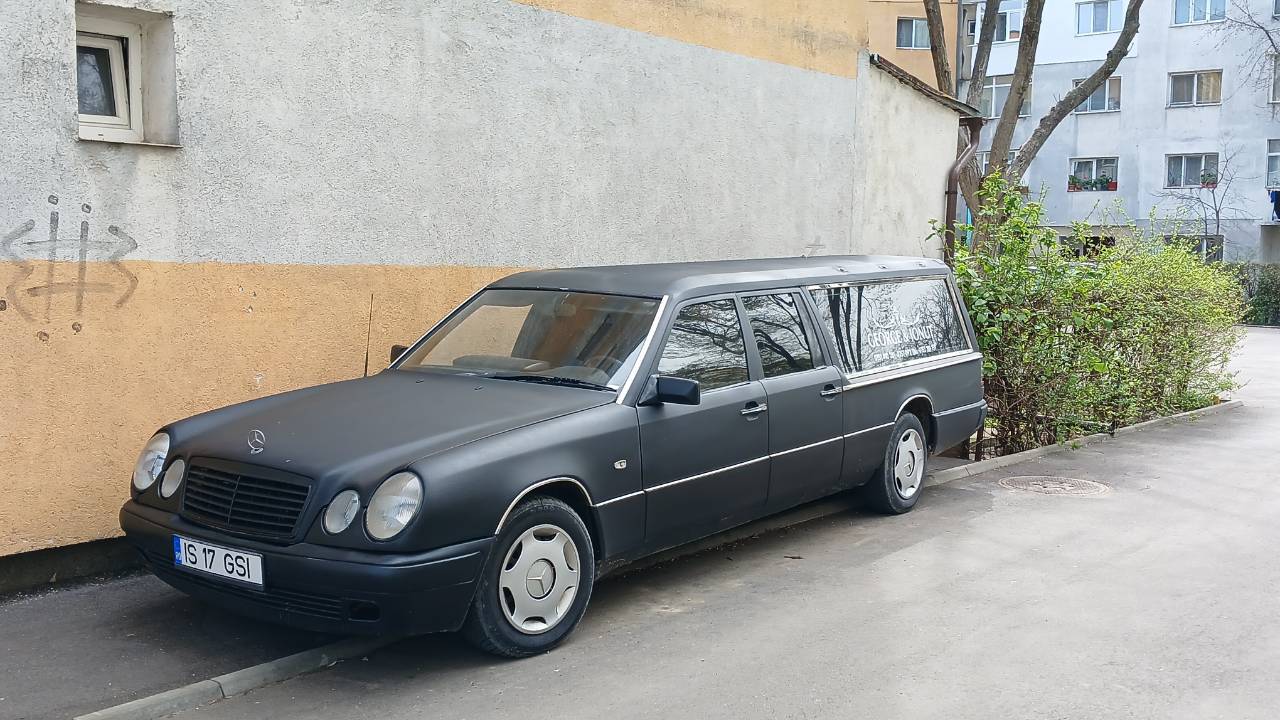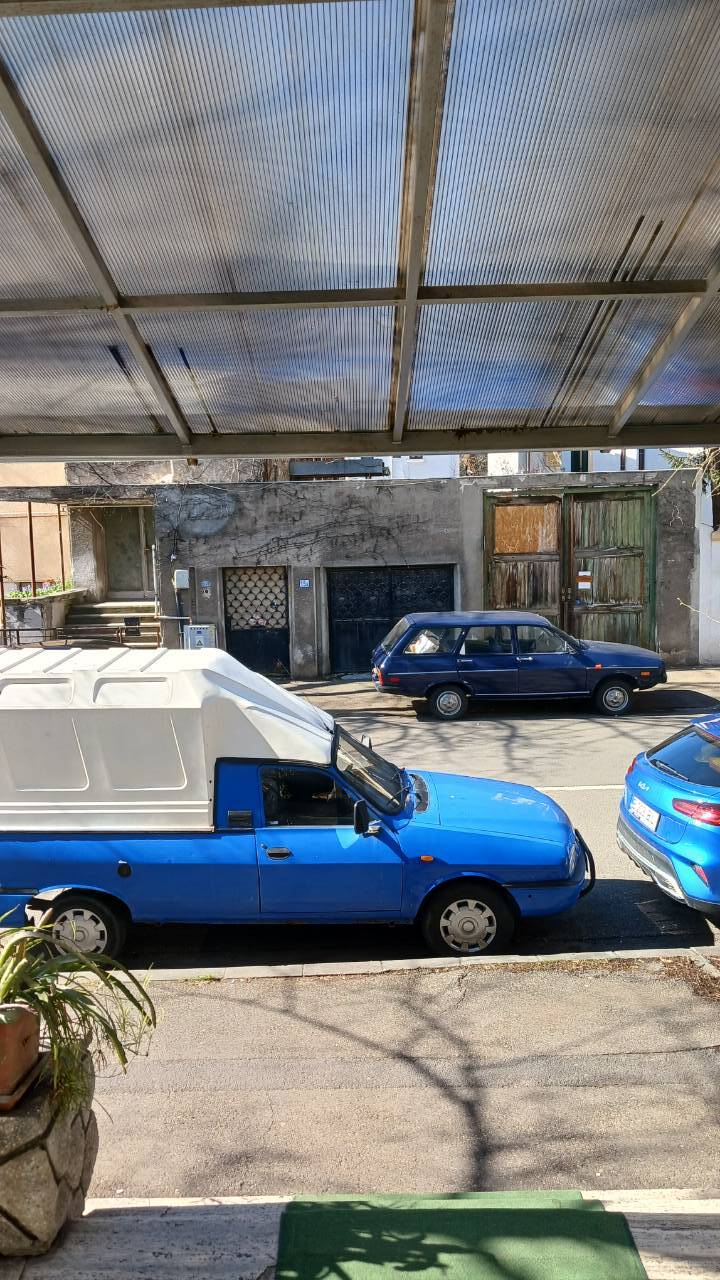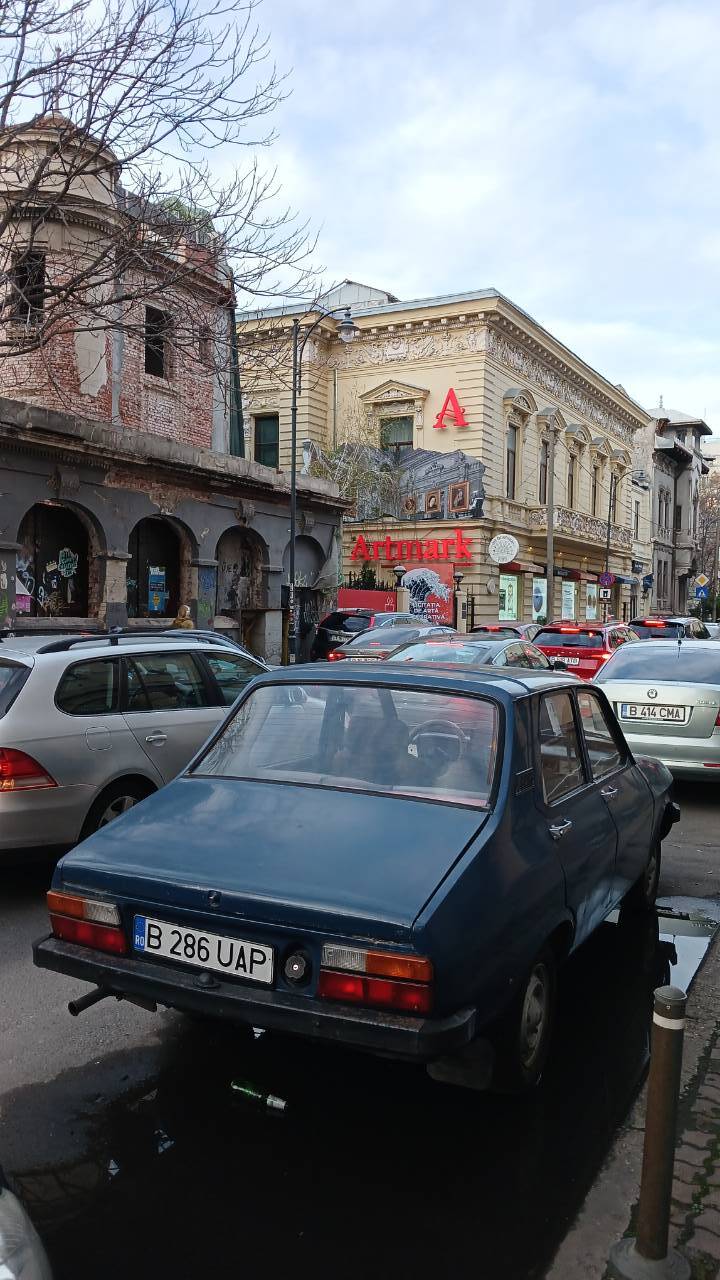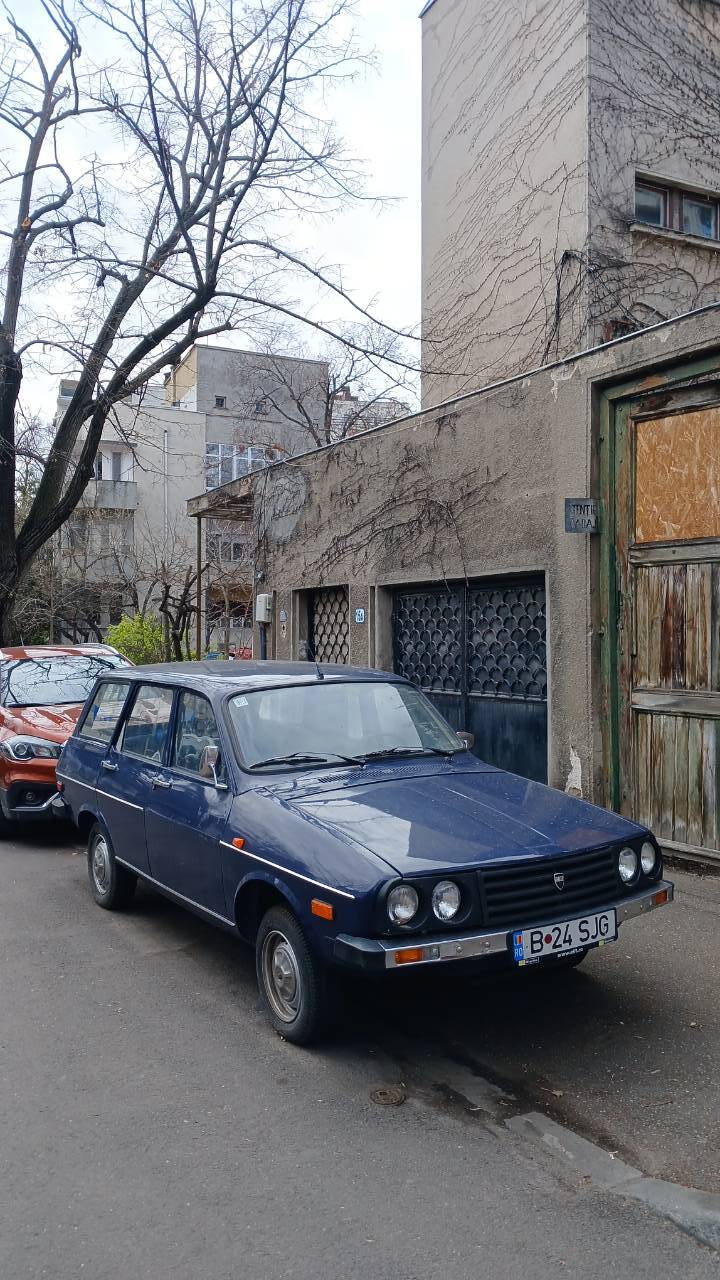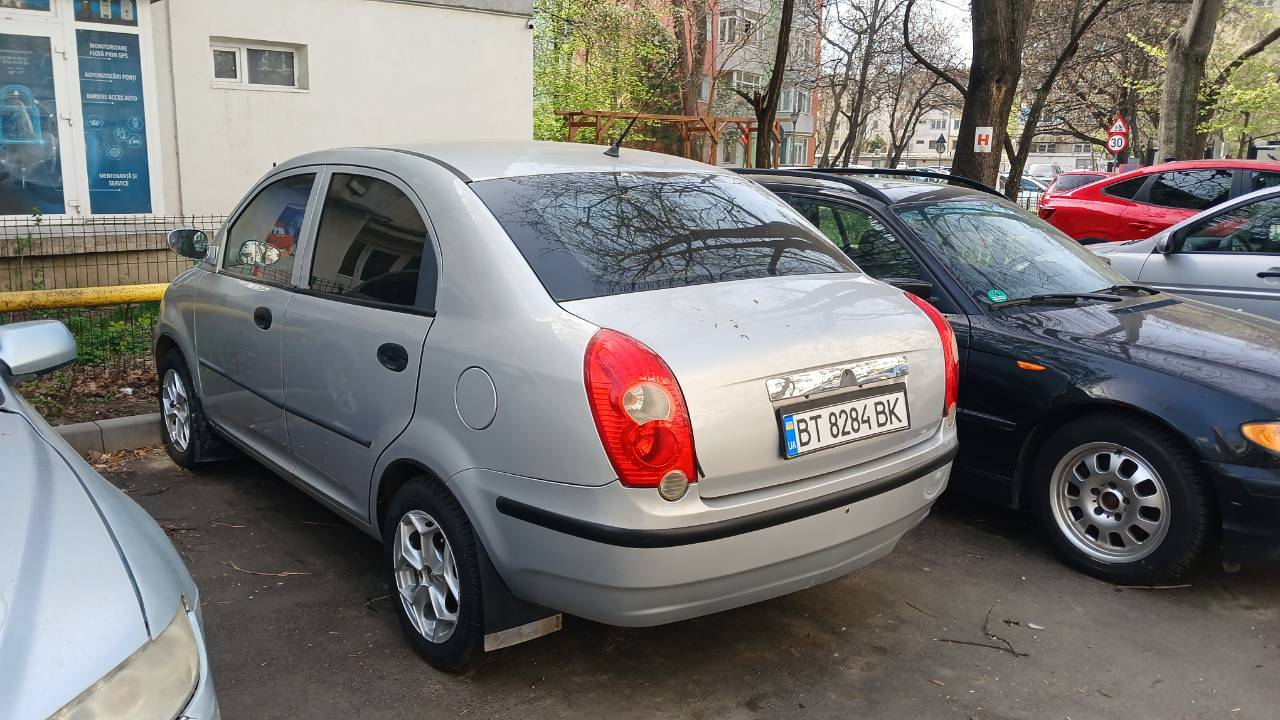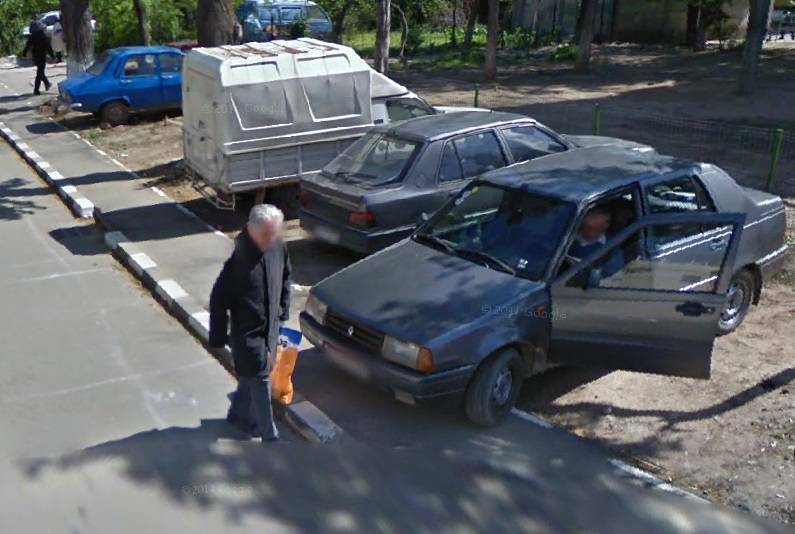-
Posts
469 -
Joined
-
Last visited
-
Days Won
1
Content Type
Profiles
Forums
Events
Everything posted by Adrian_pt
-
It's nice to know London - which most of these are from, this year - isn't totally devoid of interesting vehicles - though still a crying shame how many have gone since ULEZ.
-
Very sadly, most of the interesting Romanian cars I used to enjoy seeing are long, long gone - even the R12-shaped Dacias are really hard to see these days. This was from a week or so spent there and admittedly I was in pretty well-off cities, but the pickings were slim indeed. I did enjoy the lash-ed up Merc hearse thought, and the old Rover (rotting on that driveway for at least the past 30 years) should be a protected monument by now.
-
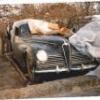
Cars you didn't know existed until very recently.
Adrian_pt replied to philibusmo's topic in AutoShite
This weird little thing - which I saw in Iasi, northern Romania, at the start of this month, was totally new to me: I thought it was a recent Lada but turns out it's actually a Chery Jaggi - not a 70s stripper but a dinky bug-eyed little Chinese supermini. -
-
-
-
-
https://www.ebay.co.uk/itm/404526650936?hash=item5e2faad638:g:zjkAAOSwc4xk4NYj - this is surely a bargain? Especially in manual
-
Yep. Definitely played Granny or Glasto a few times - is the battered hatchback doing 60 in the slow lane carrying Sid and Doris to the garden centre, or Hugo and Arabella on a comedown?
-
Yep. Ultimately with 1.2 million Poles in the UK there will be some with the nostalgia _and_ the cash. It'll make good coin and has been well advertised,
-
UK Embassy in Bucharest, 1958. All familiar stuff apart from the vans, which look like Austins - are they?
-
Friday Polo on the M4: Polo crammed full of impossibly happy 20 year olds with signet rings and the sort of genetics that imply generations of right life choices. Inside filthy and full of clobber, tennis rackets, cartridges etc. Sticker on the back saying "Exeter - probably the best university in the world" aping the Carlsberg logo. On the way to someone's country house for a festival / shoot. Next car will be a Golf, then an Audi A6 estate or a Discovery. For bonus points, there's a yellow SMTC badge attached shonkily to the grille.
-
Drove past me in Putney yesterday, megaphone blaring out. Raised a smile. Also thought N-reg is late for one of these as that was Vectra territory...
-
https://auctions.savills.co.uk/component/bidding/1-march-2023-112/55-sutton-lane-south-chiswick-london-w4-3jr-5730 - I went to have a look at this the other day and lo and behold there was a Saab 96 in the remains of the garage...
